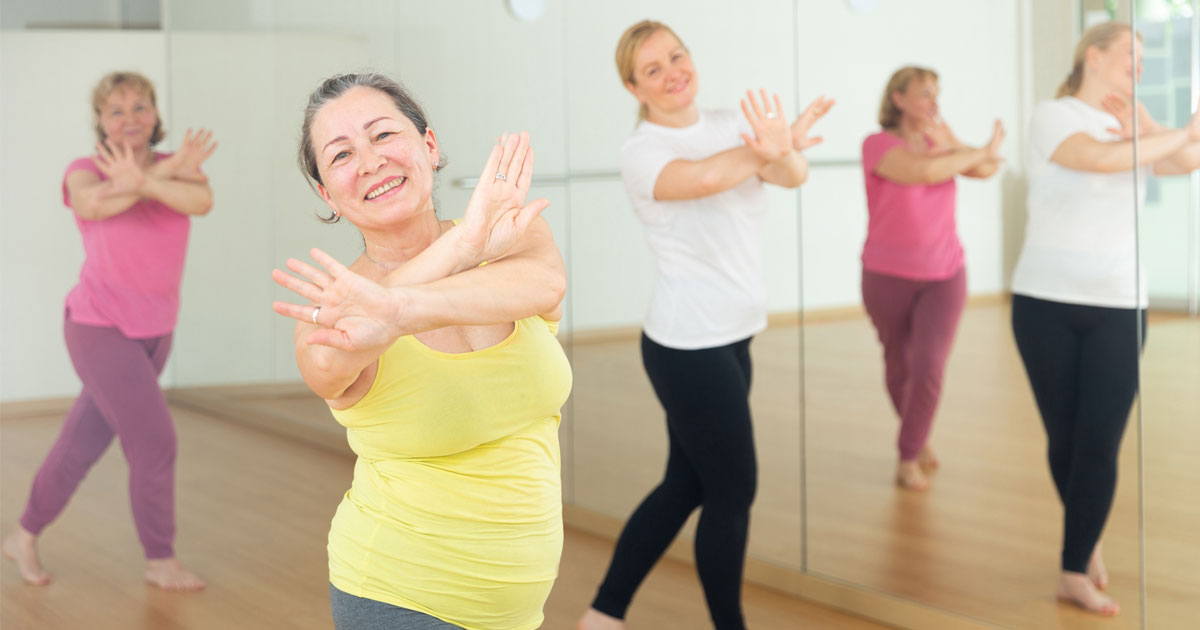
Regular exercise is crucial for the health of every adult, and this is especially true for older adults aged 65 or older. Consistently making time for physical activities can help to prevent, delay, and decrease the severity of health problems which are common among older adults. Along with helping with the prevention of chronic health problems, regular physical activity also helps older adults to build and maintain muscle strength, making it easier to manage everyday activities independently.
How Regular Exercise Can Help Older Adults
Staying active provides a great many physical and mental health benefits at any age, helping to improve mood, muscle mass, and much more. Staying physically fit can give older adults more confidence in themselves and their ability to live life to the fullest.
While the benefits of regular physical activity are innumerable, according to the National Council on Aging, some impacts provide even more benefits.
Relieving Arthritic Pains
Pain caused by osteoarthritis can be reduced over time with enough regular exercise. Low-impact aerobic exercise and strength training helps to take some of the strain off of inflamed and aching joints by letting the strengthened muscles to carry more of the load. Physical activities that allow older adults to use their full range of motion help to lubricate the joints, reducing stiffness and aching.
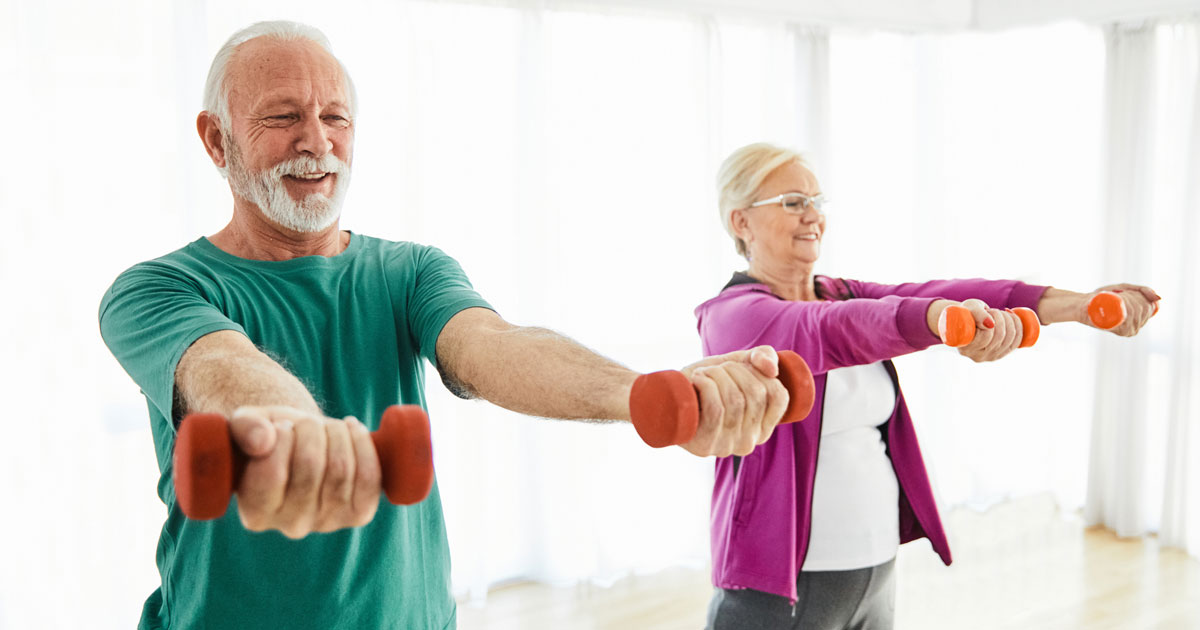
Prevention of Chronic Health Issues
Exercising is also an excellent way to fight off serious chronic diseases. Physical activity reduces the risk of illnesses such as cardiovascular disease, diabetes, and several kinds of cancer, according to the CDC. Even more, a 2017 study published in the Journal of Alzheimer's Disease found that moderate exercise can significantly help fight against cognitive decline from Alzheimer's disease and other dementias.
Improving Immune System
While the impact of exercise on the immune system is not entirely understood, moderate physical activity has been found to significantly improve general mental health, focus, quality of sleep, and lower rates of acute respiratory infections (ARI).
Prevention of Bone Degradation
Most adults lose bone density with age, but strength training and other regular exercise has been found to significantly counter, and even reverse this loss of bone density. Strengthened bones help older adults to keep better balance, reducing the risk of falls. Not only that, stronger bones also mean a decreased risk of fractures, some serious, as a result of falling.
Increased Morale
At any age, exercise is excellent at improving mood. Being physically active on a regular basis can have an immediate impact on morale issues. Similar to how exercise helps to prevent cognitive decline and keep you focused, the CDC says it can also reduce depression and anxiety.
How Much Exercise Should Older Adults Get?
As mentioned earlier, the CDC says that older adults that are 65 or older should have at least 150 minutes of moderate-intensity exercise every week. This can work out to 30 minutes a day, five days per week, or vigorous-intensity exercise for about 75 minutes per week.
The CDC also recommends at least two days per week of strength training, and that older adults do activities that help improve their balance at about three days per week.
If you are not sure what qualifies as light, moderate, or vigorous exercise, Alzheimer's disease researcher and University of Wisconsin assistant professor Ozioma Okonkwa, PhD, suggests the "talk test." When performing light physical activity, you should be able to talk and sing with ease. When exercising at moderate intensity, you should still be able to comfortably talk, but not sing. If exercising vigorously, even speaking a few words at a time should be difficult.
If you suffer from chronic conditions that may impact the ability to exercise, do as much exercise as you can, and seek advice from your doctor. Exercise routines for seniors should include strength training, flexibility and range-of-motion exercises, and aerobics to improve health overall.
Aerobic exercise helps you to build up endurance and improve cardiovascular health. Some great options for aerobic exercise are:
- Walking is a good exercise for older adults who want to strengthen their lungs, and it is a lower-impact physical activity than running or jogging are, which is especially important for seniors.
- Swimming is another wonderful option, especially for older adults with joint pain from arthritis or other conditions.
- Biking is also a good option for older adults to improve their stamina and cardiovascular health, and it is much less damaging to the knees than the impact of running can be.
- Going out dancing with a partner or friend is a great way to have fun, socialize, and get the exercise you need without it feeling like a chore.
- Playing sports that you enjoy can also be a great way to get some exercise in, so long as you do not push it! Sports are not only a great way to stay physically active, but they are also a wonderful way to socialize more.
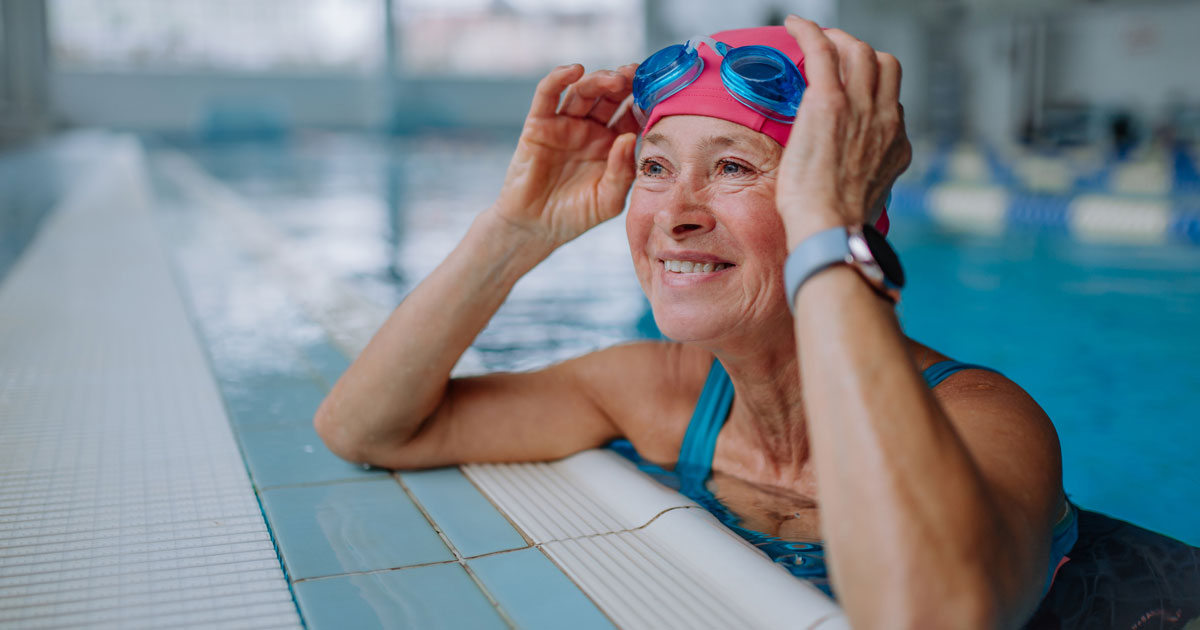
Strength training is a crucial part of the recommended fitness habits for older adults. Low-impact training that uses your bodyweight or resistance bands can be a game changer in building strength.
- Simple yet effective exercises like wall pushups help to build muscle and burn excess fat.
- Stair climbers are a great way to build strength in your legs, and they have the added bonus of being a great cardiovascular exercise as well.
- Careful usage of light weights and resistance bands can also help to speed up the development of muscle, but be sure not to push yourself too hard, exercising without weights is still better than not exercising at all.
- Squats and lunges can be done at home or anywhere else and are a great option when looking for exercises that can easily be fit into a daily routine.
- Bowling may be a leisurely pastime and a reason to spend time with friends and family, but it has the added bonus of helping to build upper body strength.
- Other exercises like leg stands help to build strength and balance and are easy to do anywhere.
Exercises that improve flexibility and try to increase an older adult's available range of motion are incredibly important to maintaining fitness.
- Stretching before and after exercise is very helpful in reducing pulled muscles and aching joints. Stretching too hard before warming up can cause more damage, however, so be sure not to strain too hard at the start.
- Pilates is an easier way to get started on your fitness journey, helping to strengthen your core muscles and improve balance. The many different positions used in Pilates also helps to practice taking use of the full range of motion available to your body.
- Similar to Pilates, yoga does not include much impact and should not cause any strain on your joints. Practicing different positions also helps to extend the available range of motion for older adults, as well as helping to maintain and improve flexibility. Not only that, but yoga helps to build core strength and bone strength.
Whatever your exercise of choice, try to take it outside. Getting some fresh air not only improves mood and focus, but it can also make regular physical activity feel less like a chore.
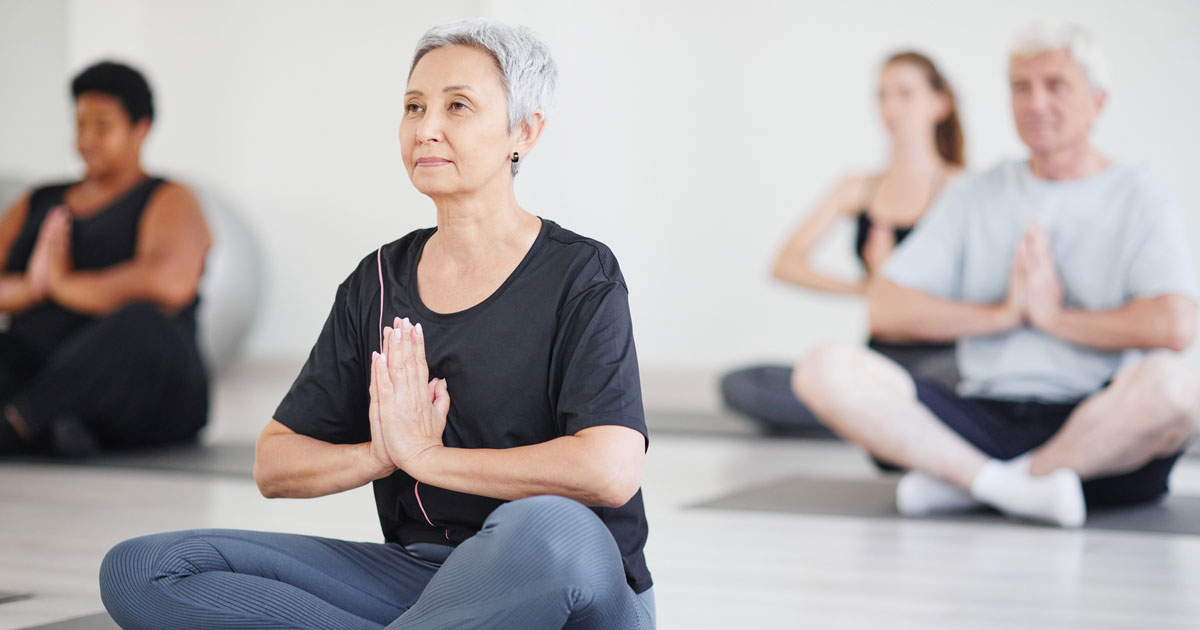
Take Part in Exercise Programs
For those who need some encouragement to complete a workout, joining an exercise program in your community is a great way to connect with more people around you, and add a little pressure to work at it. Joining a larger group also helps by making it easier for older adults to get help quickly in case of a medical emergency.
There are many exercise programs focused on older adults available out there, so do a little research to find out which are local to you. The NCOA's Center for Healthy Aging provides a list of some evidence-based communal programs, including but not limited to:
AEA Arthritis Foundation Aquatic Program
This aquatic group program takes place in warm water, with two levels of ability that participants are split into. As mentioned previously, swimming is a great aerobic exercise and helps to build mobility, strength, and reduces joint pain. Swimming with a group is a great way to get some encouragement and socialization with your peers.
Stay Active and Independent for Life
This community-based program, also referred to as SAIL, meets three times per week for an hour, and has members work through the various forms of exercise recommended by the CDC and other health organizations. In addition to regular strength training, aerobics, mobility, and flexibility training, SAIL tracks members' progress with periodic fitness checks.
Stay Safe
Older adults, even those with chronic health problems, should still be able to exercise safely. If you or your elder loved one are unsure of which exercises can safely be performed with a particular condition, or conditions, speak with a healthcare professional for suggestions.
Some conditions like arthritis can hinder exercises that place too much strain on aching joints, so more high-impact exercises or use of weights that are too heavy can cause significant pain and even damage. Other issues like diabetes and problems with blood pressure can impact how best to arrange a workout regimen.
Whatever exercises wind up being preferred by your or your older loved one, it is very important for continued health and safety that older adults try to work their way slowly from whatever their current level of fitness and strength are. The greatest risk to their safety is simply pushing too hard.
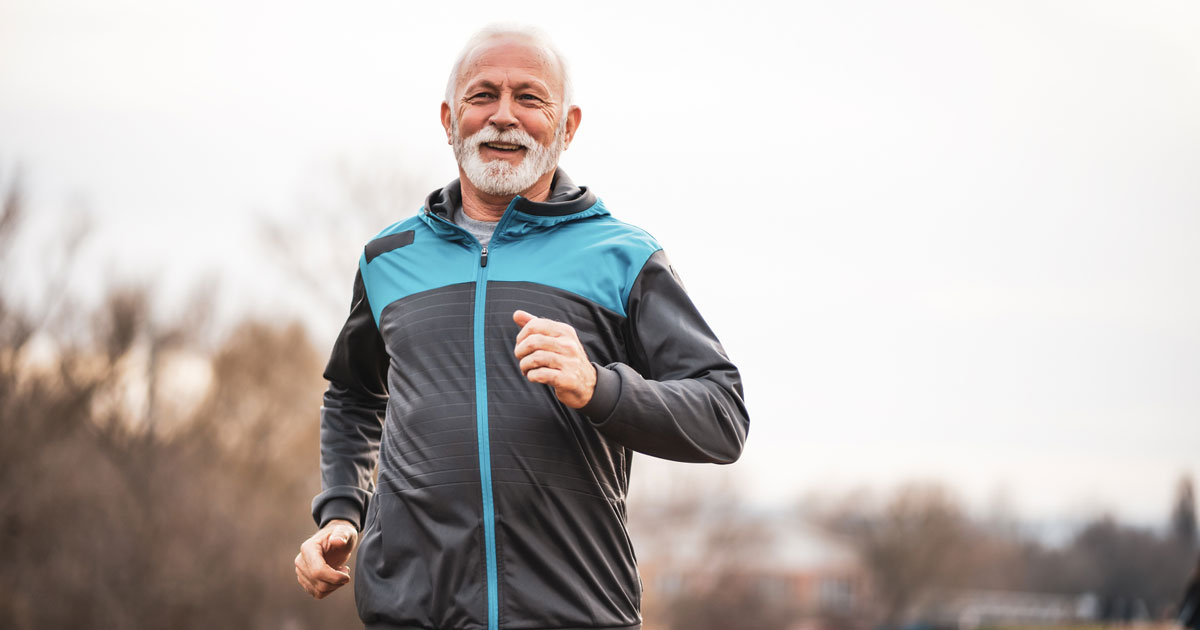
Keep Moving
There are no one-size-fits-all exercise plans for older adults, or anyone else for that matter. What is most important is simply staying active and trying to build from there. Brisk walking is better than nothing, and 30 minutes of exercise a week is better than none. Whatever your fitness goals, the best way to reach them is to keep working at it.
